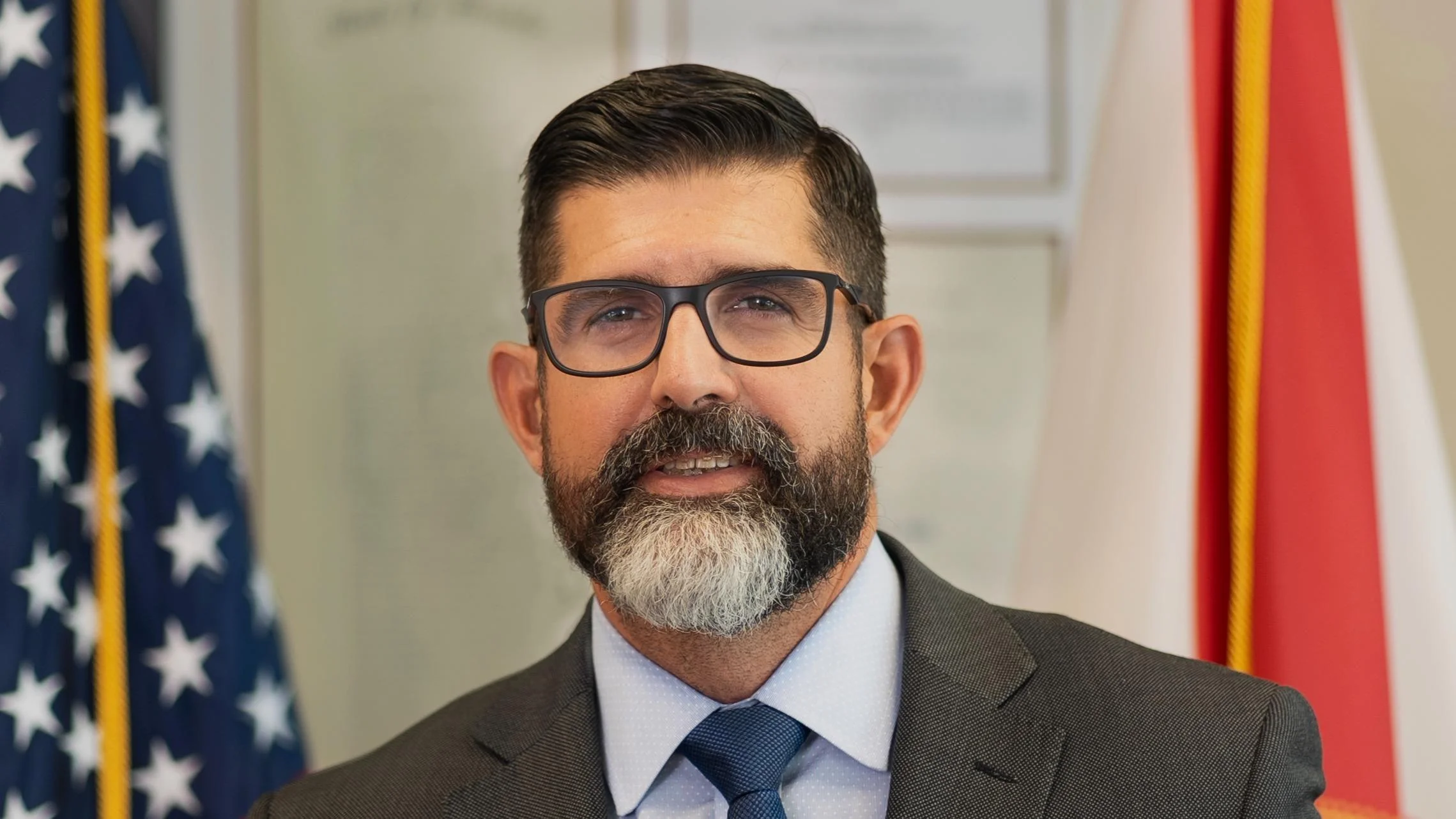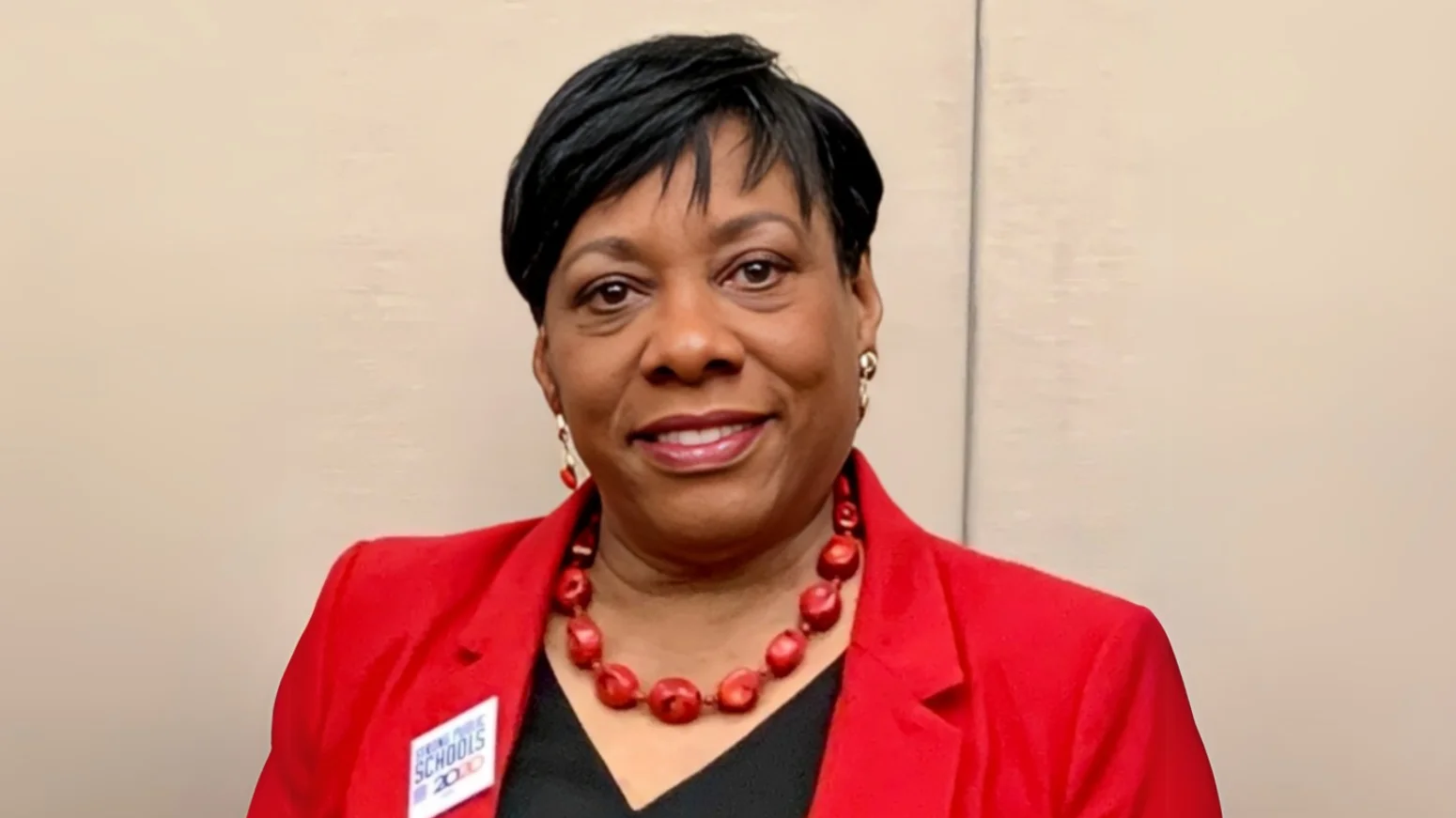
Connie Holthusen Senior Sales Manager | EdSurge Research
When Angela Dominguez assumed leadership of the Donna Independent School District in Texas in 2021, she reconsidered the district's use of federal Elementary and Secondary School Relief (ESSER) funds. She believed that using most of these funds to maintain existing fourth- and fifth-grade teaching positions was not a sustainable strategy. Instead, Dominguez focused on hiring teaching assistants for early elementary classrooms to address learning gaps exacerbated by remote learning.
“My belief about these types of funds is [they] come around one time, and the investment needed to be in things that were tangible, that would be lasting for our students, our staff and our community,” Dominguez said. She formed a committee to ensure that ESSER investments met these long-term goals.
Nearly $190 billion in ESSER funds were distributed between 2020 and 2022 to help schools mitigate the impact of the COVID-19 pandemic on students' academic and social-emotional well-being. Schools had flexibility in spending this money to support recovery efforts.
EdSurge examined three districts—Donna, Texas; Fulton County, Georgia; and Guilford County, North Carolina—that have seen positive outcomes from their strategic use of ESSER funds. These districts invested in educational infrastructure and support systems like tutoring and teacher coaching.
Sasha Pudelski from AASA noted that these districts’ strategies aligned with a “holistic vision” for addressing long-term student needs through ESSER funding. However, not all districts have maintained their initiatives due to financial constraints.
In Donna, Texas, early assessment scores showed significant improvement among third graders after implementing classroom assistants for reading and math instruction. From 2021 to 2023, reading proficiency increased from 9% to 31%, while math proficiency rose from 5% to 27%. The district plans to sustain this program using state and federal funds.
Fulton County focused its ESSER resources on literacy development. The district accelerated plans for scientific reading instruction as part of a three-year initiative called Every Child Reads. This approach led Fulton to exceed state literacy averages.
Guilford County concentrated on high-dosage tutoring for middle grade math proficiency. Chief Academic Officer Jusmar Maness emphasized building capacity within the district by recruiting local university tutors. This effort helped fourth-grade students maintain steady achievement levels by 2023.
The future remains uncertain as districts face potential federal cuts following an executive order by former President Donald Trump aimed at dismantling the Department of Education. Dominguez expressed concern over budget shortfalls exacerbated by shifting state priorities in Texas.
Maness hopes policymakers will recognize the importance of continued investment in public education: “We want the people that are making the decisions on funding to understand how critical investments like these are for our students.”





 Alerts Sign-up
Alerts Sign-up